The United States, with its vibrant cities, diverse landscapes, and global business hubs, is a top destination for remote workers and digital nomads. However, navigating the U.S. visa system can be complex. While there isn’t an official “USA Digital Nomad Visa” yet, several existing visa pathways allow you to live and work remotely in the country. This guide Onward Free will break down everything you need to know.
What is a USA Digital Nomad Visa?
Currently, the United States does not offer a specific visa tailored for digital nomads. The term “USA digital nomad visa” is used colloquially to refer to the process of using existing U.S. visas to legally stay in the country while working remotely for a foreign employer. The key distinction for any potential USA Digital Nomad Visa applicant is that your work must not serve the U.S. labor market.
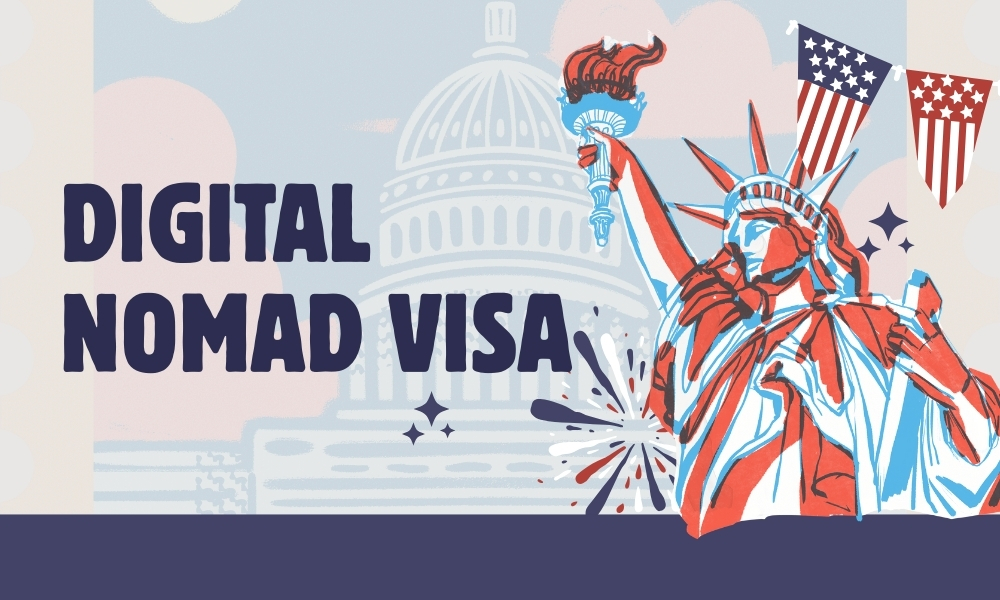
Core Requirements for Digital Nomads in the USA
Regardless of the specific visa you use as your USA Digital Nomad Visa alternative, U.S. immigration officials will look for several key qualifications to ensure you meet the criteria for a non-immigrant visitor.
1. Valid Travel Document
You must have a passport from your home country that is valid for at least six months beyond your intended period of stay in the United States.
2. Proof of Financial Stability
There is no official minimum income requirement, but you must prove that you have sufficient funds to support yourself for the entire duration of your stay without needing to seek unauthorized employment in the U.S. This can be shown through bank statements, pay stubs from your remote job, or a letter from your employer.
3. Proof of Remote Work or Business
You need to provide clear evidence that your source of income is from outside the United States. This can include an employment contract with a foreign company, client invoices, or proof of ownership of a business registered abroad.
4. Clean Background Record
A clean criminal record is essential. Applicants with a history of serious criminal offenses or previous U.S. immigration violations may be deemed ineligible for entry.
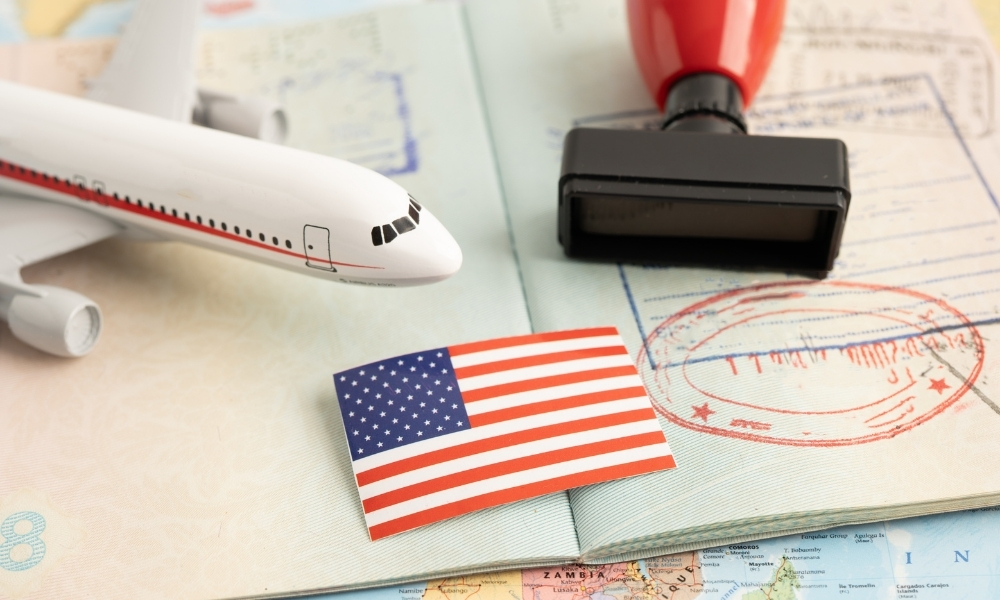
5. Strong Ties to Home Country
This is one of the most critical factors for any U.S. non-immigrant visa. You must convince the consular officer that you have compelling reasons to return to your home country after your temporary stay. Evidence of strong ties can include property ownership, a long-term lease, family commitments, or a job to return to.
6. Consular Interview & Approval
For visas like the B-1/B-2, a mandatory in-person interview at a U.S. embassy or consulate is required. During the interview, you’ll be asked about the purpose of your trip, your finances, and your ties to your home country.
Visa Options for a USA Digital Nomad Visa
While there’s no dedicated USA Digital Nomad Visa, these are the most common and viable options for remote workers looking to stay in the country.
A. B-1/B-2 Visitor Visa
The B-2 visa (for tourism) is the most popular choice for digital nomads. It allows you to stay for up to six months, giving you ample time to explore the country. The key is that your primary purpose is tourism, and any work performed is for a foreign entity, making it a suitable substitute for a formal USA Digital Nomad Visa.
B. ESTA (Visa Waiver Program)
If you are a citizen of one of the 40+ countries in the Visa Waiver Program (VWP), you can apply for an ESTA (Electronic System for Travel Authorization). This allows for a stay of up to 90 days for tourism or business. It’s a faster and simpler process than the B-2 visa but offers a much shorter duration and cannot be extended.
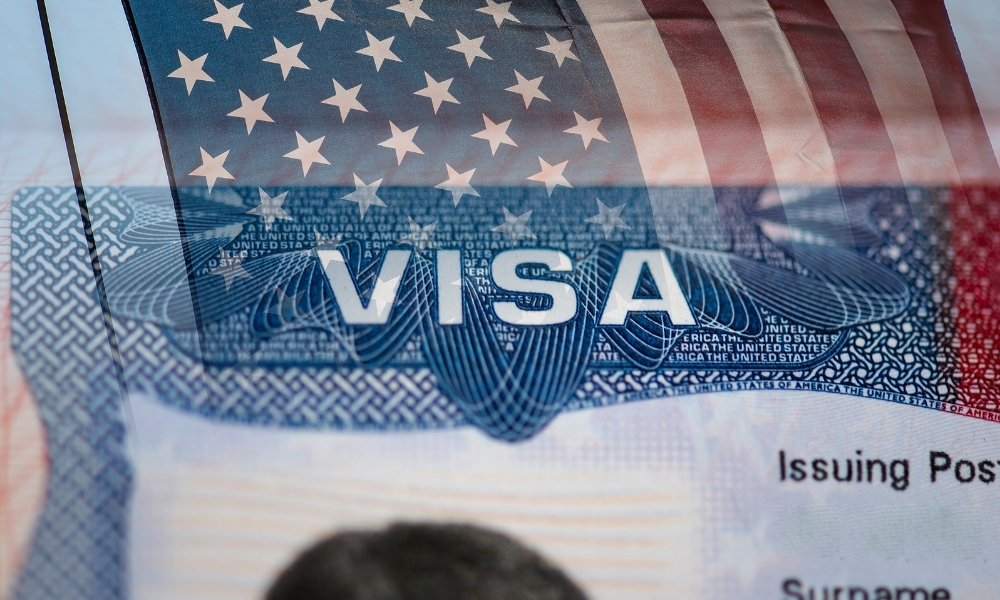
C. O-1 Visa (Extraordinary Ability)
The O-1 visa is for individuals with “extraordinary ability” in fields like sciences, arts, education, business, or athletics. This is a much higher bar to clear and is not a practical option for most freelancers or remote workers. It requires extensive documentation of achievements, awards, and international recognition in your field.
Application Process Overview
The most common path for a USA Digital Nomad Visa alternative is the B-2 visa. Here is a more detailed breakdown of the steps involved:
Step 1: Complete the DS-160 Form
This online application is the first official step. You must fill it out on the U.S. Department of State’s Consular Electronic Application Center website. The form requires detailed personal information, your passport details, a travel itinerary (even a tentative one), employment history, and security-related questions. You will need to upload a recent, passport-style digital photograph. Once submitted, print the confirmation page with the barcode, as you will need it for your interview.
Step 2: Pay the Visa Fee
After submitting the DS-160, you will be directed to pay the non-refundable Machine Readable Visa (MRV) fee, which is currently $185. The payment method varies by country, but options often include online bank transfer or cash payment at a designated bank. Keep the receipt as proof of payment.
Step 3: Schedule the Consular Interview
With your DS-160 barcode number and fee receipt, you can schedule an interview at the nearest U.S. embassy or consulate. Interview wait times can range from a few days to several months, so it’s wise to apply well in advance of your planned travel dates.
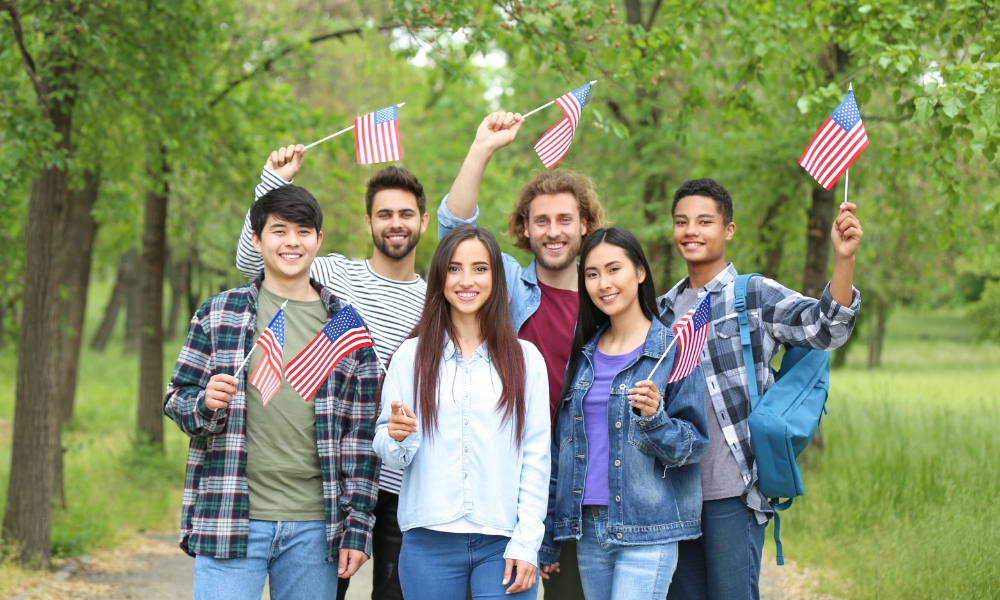
Step 4: Gather Required Documents
Prepare a folder with all necessary documentation. This includes mandatory items (passport, DS-160 confirmation, fee receipt, photo) and crucial supporting documents. For digital nomads, these should include:
- Financial Proof: Several months of recent bank statements, pay stubs, and a letter from your foreign employer stating your salary and role.
- Employment Proof: Your employment contract, client agreements, or business registration documents proving your work is remote and based outside the U.S.
- Proof of Home Ties: Documents such as property deeds, apartment lease agreements, letters from family, or evidence of ongoing commitments in your home country.
- Travel Itinerary: A brief summary of your travel plans, including cities you intend to visit and your planned duration of stay.
Step 5: Attend the Interview
The interview is the final and most critical step. A consular officer will ask you questions to verify the information on your application and to assess your intent to return home after your visit. Be prepared to clearly and concisely explain the purpose of your trip (tourism), how you will fund your stay, and your reasons for returning home. Be honest, confident, and direct in your answers.
Cost Of Digital Nomad Visa USA
Understanding the costs involved is a key part of planning your stay. Since there isn’t a single “USA digital nomad visa,” the costs will depend on the visa pathway you choose.
- B-1/B-2 Visitor Visa: The primary cost is the non-refundable visa application fee (MRV fee), which is currently $185.
- ESTA (Visa Waiver Program): The application fee for an ESTA is $21. This includes a $4 processing fee and a $17 authorization fee if approved. If your application is denied, you are only charged the $4 processing fee.
- O-1 Visa: This is a much more complex and expensive petition-based visa. Costs can run into several thousand dollars, including legal fees, and are not typically borne by a digital nomad or freelancer.
- Additional Costs: You should also budget for potential ancillary expenses, such as:
- Travel and accommodation to attend your interview at the U.S. embassy.
- Fees for required passport-style photographs.
- Possible costs for document translation or medical examinations, if required.
All application fees are non-refundable, regardless of the outcome of your USA Digital Nomad Visa application.
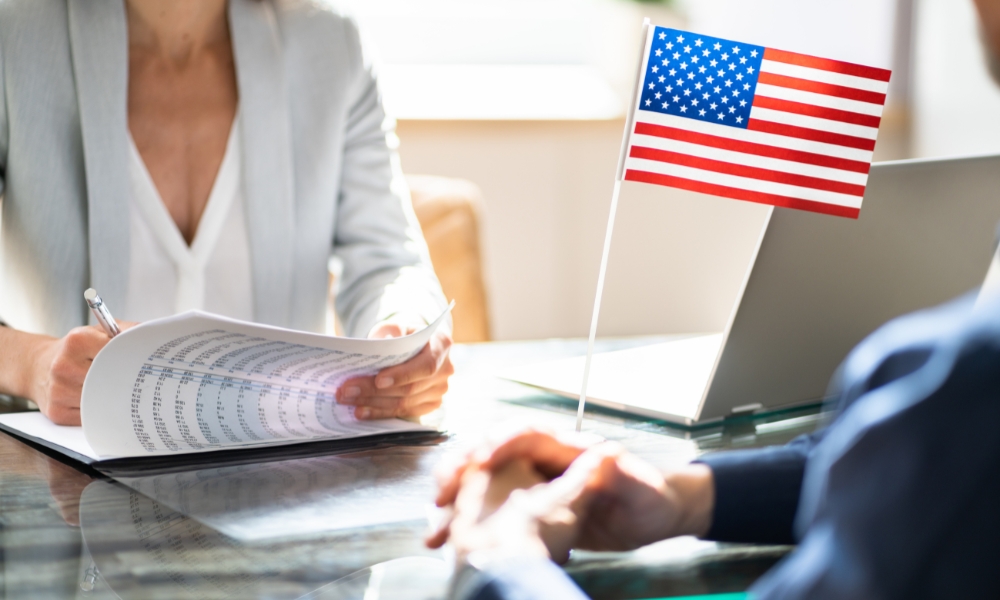
How Long Can You Stay in the U.S. as a Digital Nomad?
It’s crucial to distinguish between visa validity (the time you have to travel to the U.S.) and your authorized period of stay. The actual time you can remain in the country is determined by a U.S. Customs and Border Protection (CBP) officer upon arrival and recorded on your Form I-94 Arrival/Departure Record.
- B-1/B-2 Visa: While the visa itself may be valid for up to 10 years, a CBP officer at the port of entry will grant an initial stay for a specific period, typically up to a maximum of six months. This is not guaranteed; the officer has the final discretion based on the purpose of your visit.
- ESTA (VWP): A maximum stay of 90 days is strictly enforced. This period includes any time spent in Canada, Mexico, or adjacent islands after your arrival in the U.S. It is not possible to extend a stay under the Visa Waiver Program.
- O-1 Visa: For those who qualify, this visa allows for a much longer initial period of stay of up to three years, with a possibility of extensions.
Challenges & Caveats
The biggest challenge is the legal gray area. While working remotely for a foreign company on a tourist visa is generally permissible, it’s crucial that your activities do not constitute local employment. Avoid working for U.S.-based clients or companies while in the country on a visitor visa, as this is strictly prohibited and can lead to serious immigration consequences.
Tips for a Successful USA Digital Nomad Visa Application
To maximize your chances of approval, keep the following key strategies in mind for your USA Digital Nomad Visa application and interview process.
- Be Clear About Your Purpose: State your primary purpose as tourism. You can mention that you will continue your remote job during your travels, but emphasize that you will not be seeking U.S. employment.
- Organize Your Documents: Have all your financial, employment, and home-tie documents neatly organized and ready for the interview.
- Demonstrate Strong Home Ties: Bring evidence like property deeds, letters from family, or proof of enrollment in future studies in your home country.
- Be Honest: Never provide false information on your application or during your interview.
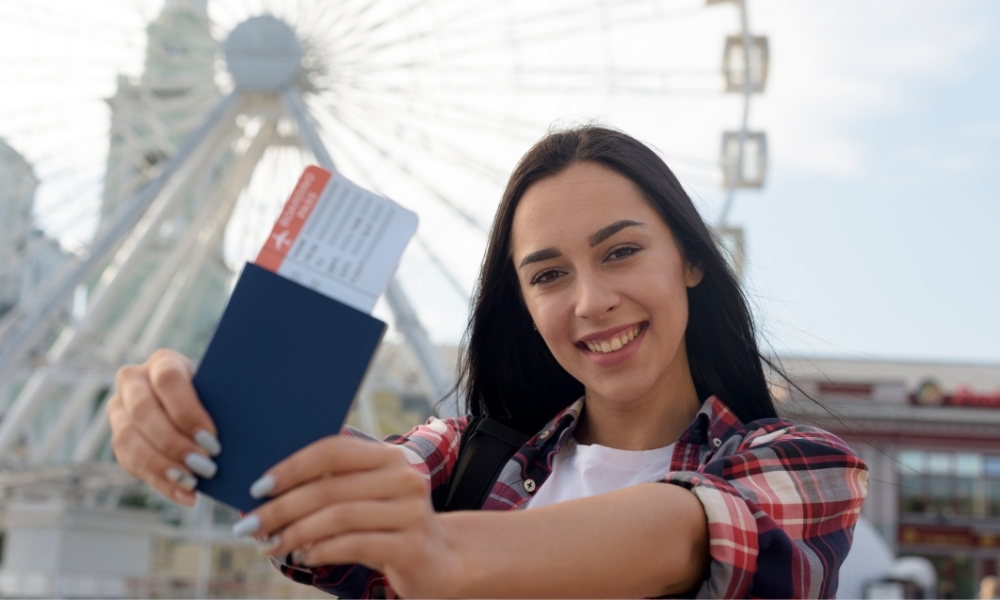
FAQs
Does the USA have an official digital nomad visa?
No, the U.S. does not currently offer a visa specifically designed for digital nomads.
Can I legally work online on a U.S. tourist visa?
You can perform work for your foreign employer while on a B-2 tourist visa, as long as your income source and employer are outside the U.S. and your work doesn’t directly serve the U.S. market. The primary purpose of your visit must remain tourism.
How much money do I need to show for a B-2 visa?
There is no set amount. You must demonstrate that you have sufficient funds to cover all your travel, accommodation, and living expenses for your entire planned stay without resorting to unauthorized work.
Can I extend my stay beyond 6 months?
Yes, it is possible to apply for an extension of your B-2 visa stay by filing Form I-539 with U.S. Citizenship and Immigration Services (USCIS). You must have a valid reason for the extension and apply before your current authorized stay expires.
Is the O-1 visa realistic for freelancers or remote workers?
For the vast majority of remote workers, the O-1 visa is not a realistic option. It is reserved for individuals who can prove they are at the very top of their field through extensive evidence of major awards, publications, and international acclaim.
Will the U.S. introduce a real digital nomad visa soon?
There have been discussions and proposals, but there is currently no official timeline or confirmed plan for the U.S. to introduce a specific digital nomad visa.
Conclusion
While the United States has yet to create a dedicated USA Digital Nomad Visa, it remains an accessible destination. By using the B-2 visitor visa or the Visa Waiver Program, remote workers can legally spend time in the U.S., provided they prove financial self-sufficiency and maintain strong ties to their home country. Careful preparation and honesty throughout the application process are the keys to a successful journey as a digital nomad in the USA.

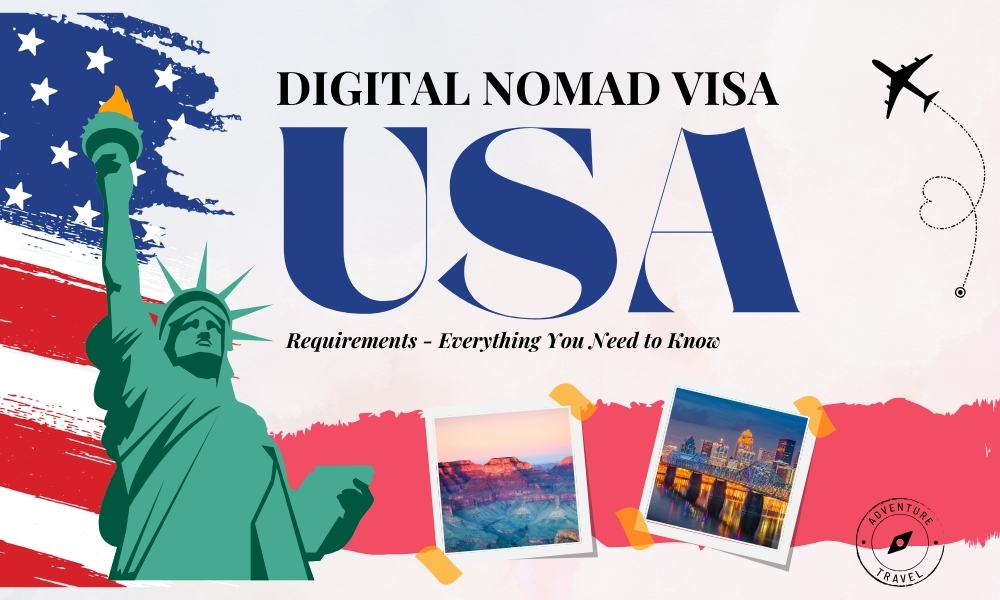
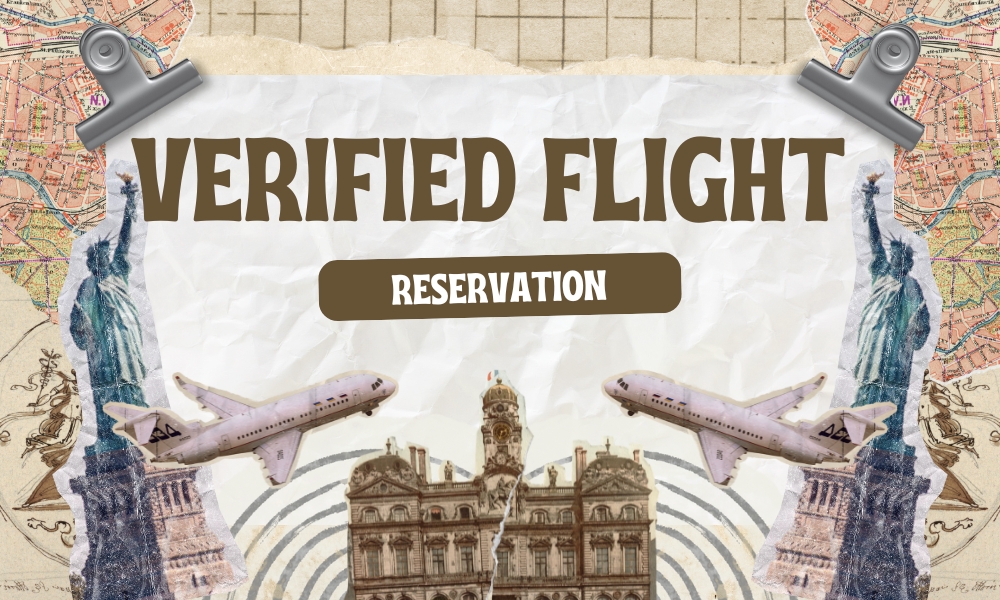
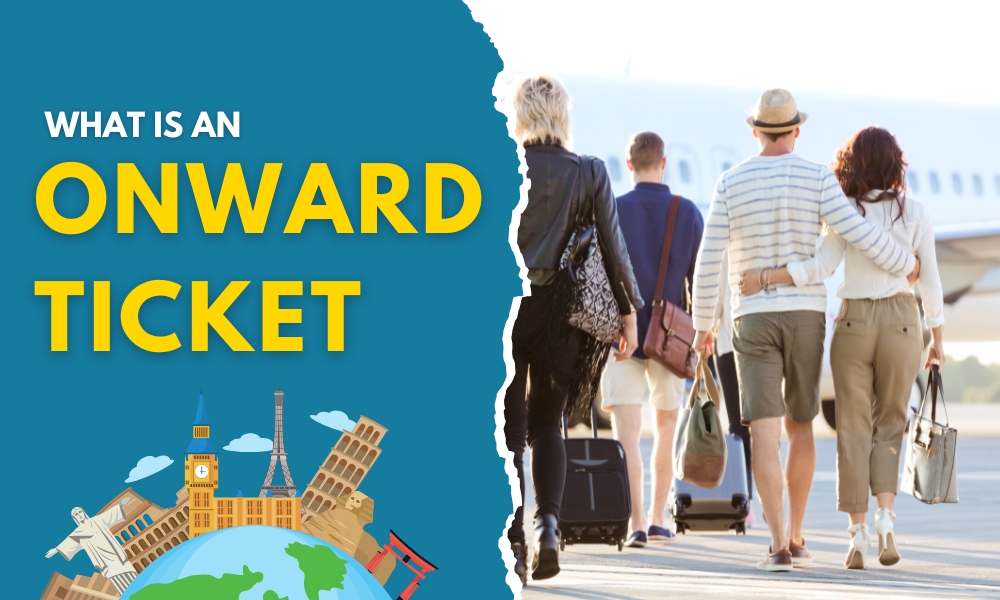

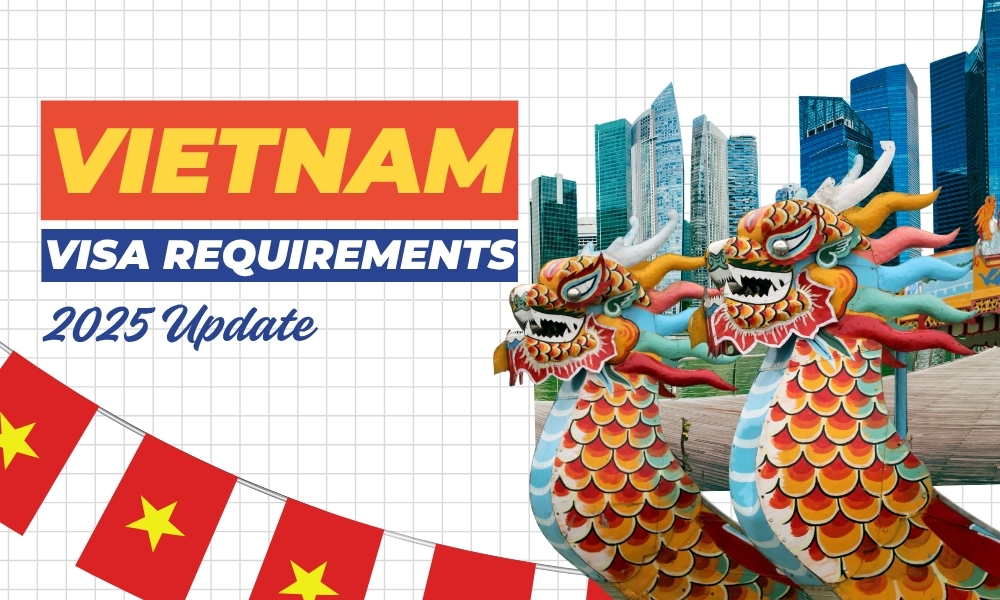
0 Comments